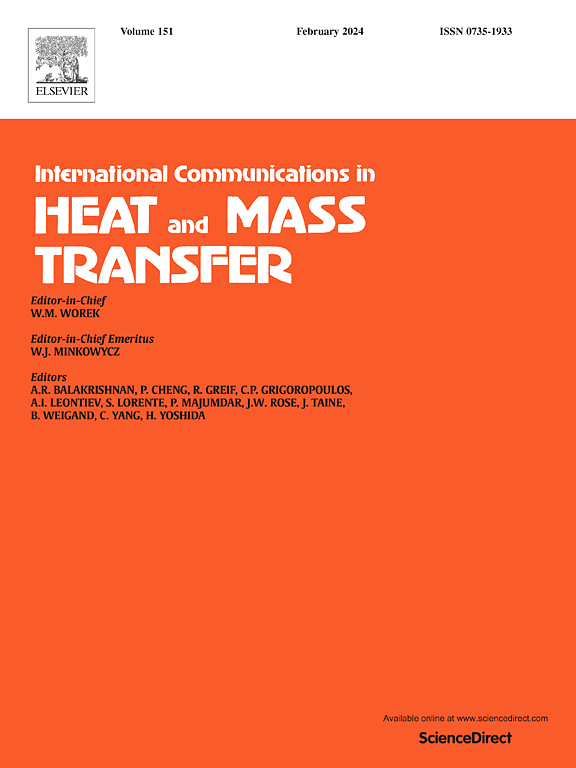Investigating condensation from humid air under mixed convection regime
Abstract
A wide range of industrial applications rely heavily on heat transfer during vapor condensation from a mixture of water vapor and noncondensable gases (NCG). For a vertically-mounted condenser plate, the vapor-diffusion boundary-layer thickness is influenced by the interplay of the thermogravitational and forced flow fields, eliciting classical mixed convection scenario. This thickness in turn dictates the condensation heat and mass transfer rates. While condensation in presence of NCG under free and forced convection scenarios are well-characterized in the literature, its counterpart in the mixed convection regime is relatively uncharted. Herein, condensation from an upward stream of humid air over a vertically mounted mild steel condenser surface is characterized under different flow velocities. The free-stream flow is thus directed opposite to the thermogravitational flow induced next to the plate. We observe that with increasing the magnitude of the upward flow velocity of the free stream, the condensation heat transfer coefficient (CHTC) initially decreases until it reaches a minimum at 0.4 m/s, beyond which the CHTC rises again with the flow velocity. Using the Nusselt analogy for mixed convection for the relevant flow regimes we substantiate our experimental findings and extend the observation for predicting condensation behavior under different experimental ambient conditions.
| 公司名称 | 产品信息 | 采购帮参考价格 |
|---|

 求助内容:
求助内容: 应助结果提醒方式:
应助结果提醒方式:


